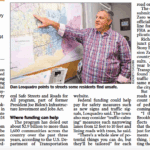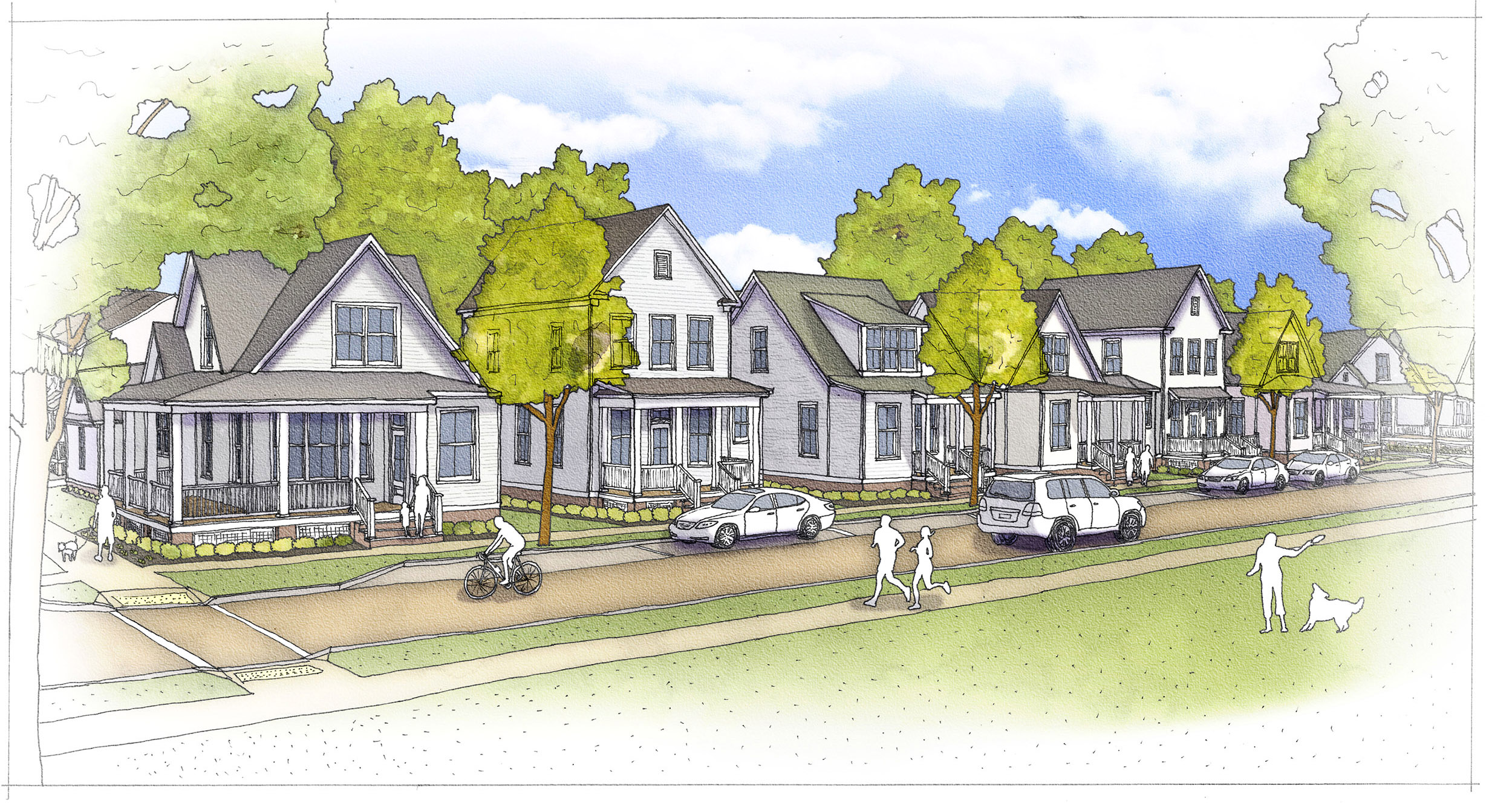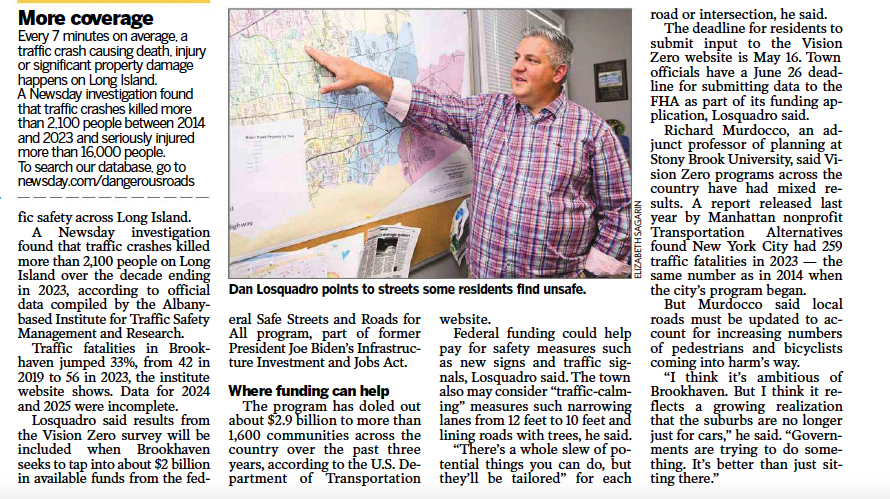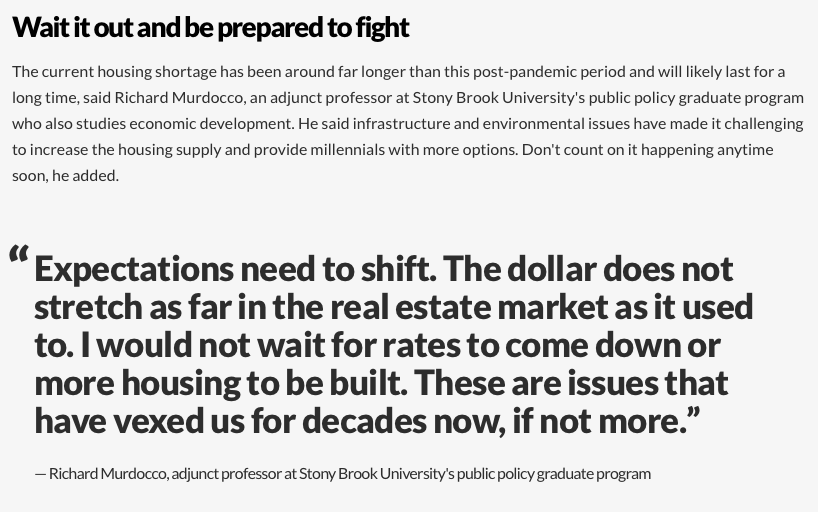The following was published on Three Village Patch on 9/7/2012. Thanks to Christine Sampson, editor for publishing the piece and supporting @TheFoggiestIdea from the beginning. To read this piece on Patch, click here.
Since the university’s founding, the residents of the Three Villages have been oppositional to the expansion of the university, and it almost seems that the presence of students is looked down upon by residents. As a lifelong resident of the area, and alumnus of the school (I received my masters in Public Policy from Stony Brook in 2010), I always found it intriguing that the area around the LIRR train station was so underutilized, and lacked a certain sense of approachability to pedestrians. Unless you are a local resident, the area does not exactly tout to the rest of the region that there is a world-class research facility just south of 25A.
It seems that the Town of Brookhaven has finally realized what a diamond in the rough the area is, and created a “Stony Brook Safety, Beautification and Improvement Planning Committee” to plan for the future of the area around the train station, and along the 25A corridor. The creation of a Stony Brook Transit-Orientated Development (TOD) is being proposed. Using an approach similar to that of the Ronkonkoma Hub, as well as the Carmans River Protection Plan, the Town is soliciting ideas from local stakeholders on what the future of the 25A corridor should be.
Citizens drive the planning process. Local input is essential for both the formulation of a comprehensive plan, and for the all important implementation phase. Often, plans stall at implementation, with most plans being unimplemented, and the citizens losing faith in the entire process. In Brookhaven, planning results are mixed: While the Ronkonkoma Hub is moving steadily along, the attempt to protect the Carmans River have stalled, despite great promise the effort had. It is essential for Brookhaven to continue the momentum of developing a Stony Brook TOD district long after the committee has stopped making their recommendations and formulated a plan. The committee needs to avoid the planning pitfalls of the past in order to prevent yet another effort gathering dust on a shelf.
Avoid Planning Jargon and Buzzwords:
In February 2011, Newsday published a letter to the editor that I wrote in response to a recent op-ed that they had run regarding downtown development. In my response, I wrote:
“Currently, without proper infrastructure in place, high-density residential development is not right for most areas. Density should be determined after strict environmental studies by planners and scientists. If a municipality increases density in one area, but fails to preserve open space in another, the result is just higher density sprawl, and nobody on Long Island wants that.”
The same words apply to the proposed Stony Brook TOD. Like Cassandra spouting prophecies that go unheeded, I continually write that “Smart Growth” developments should be approached carefully, and only be proposed and built if the existing infrastructure is in place to accommodate them. The 25A corridor needs either traffic calming, or additional right-of-way to accommodate the further development near the station. “Smart Growth” isn’t so clever if the roads cannot handle the extra demand, and pedestrians cannot safely get to the new mixed use sites. Bicycles, pedestrians and automobiles must be given separate spaces that allow for maximum mobility and safety.
Expand the Stony Brook Wastewater Plant to areas north of 25A:
On Long Island, project density is defined by the capacity of our aquifer system. Given the current state of our groundwater and bays, any new projects must have wastewater mitigation beyond the current septic tanks and cesspools must be accounted for. Luckily, there is a fully operational wastewater treatment plant nearby, and the committee should fully recommend expanding and taking advantage of its accessibility. This is an expensive policy recommendation, but it is the only appropriate way to allow for the creation TOD district.
Trade Density for the Public’s Benefit:
Despite the projects good intentions, any change of zone in favor of increased density should be offset by true, tangible public benefits. Examples include the innovative use of Transfer of Development Rights (like those proposed in the Carmans efforts) which would offset the density by preserving critical parcels for aquifer recharge, or by the creation of a unified streetscape from the station to Bennetts Road, complete with sidewalks, LED lampposts and landscape elements. A linear park with a main street feel would could lead to a downtown node, anchored by the train station and the surrounding future dorms and commercial area.
The Setauket/Stony Brook area has been my home for the last 25 years, and if you’re reading this, odds are it’s yours as well. The future development of the Stony Brook TOD is too important to be left to the whims of both local politics and election year promises. If the committee does move forward and works together in creating a vision for the area, we, as residents, should ensure that action be taken on their recommendations. At Stony Brook, we learned that if a Planner gets frustrated and loses their sense of optimism, all hope is lost. Let us set an example for the region that Long Islanders don’t only hope for success, but actually take action towards attaining it.
Editor’s note: Rich Murdocco has worked with the New York City Mayor’s Office of Capital Project Development and studied planning with Dr. Lee Koppelman. He earned his B.A. from Fordham University in political science and urban studies and Master’s in Public Policy from Stony Brook University. He has written and presented various papers on planning issues across Long Island, and has been published in various Suffolk County newspapers and websites. Murdocco lives in Setauket.








